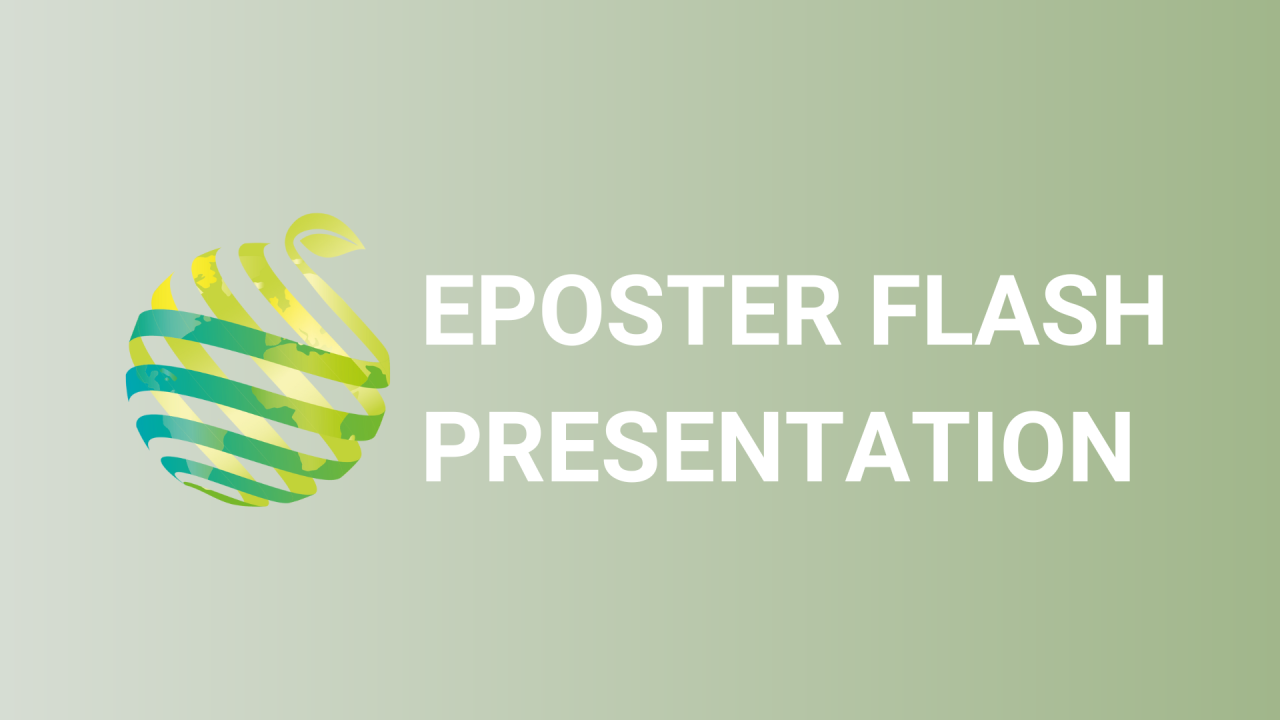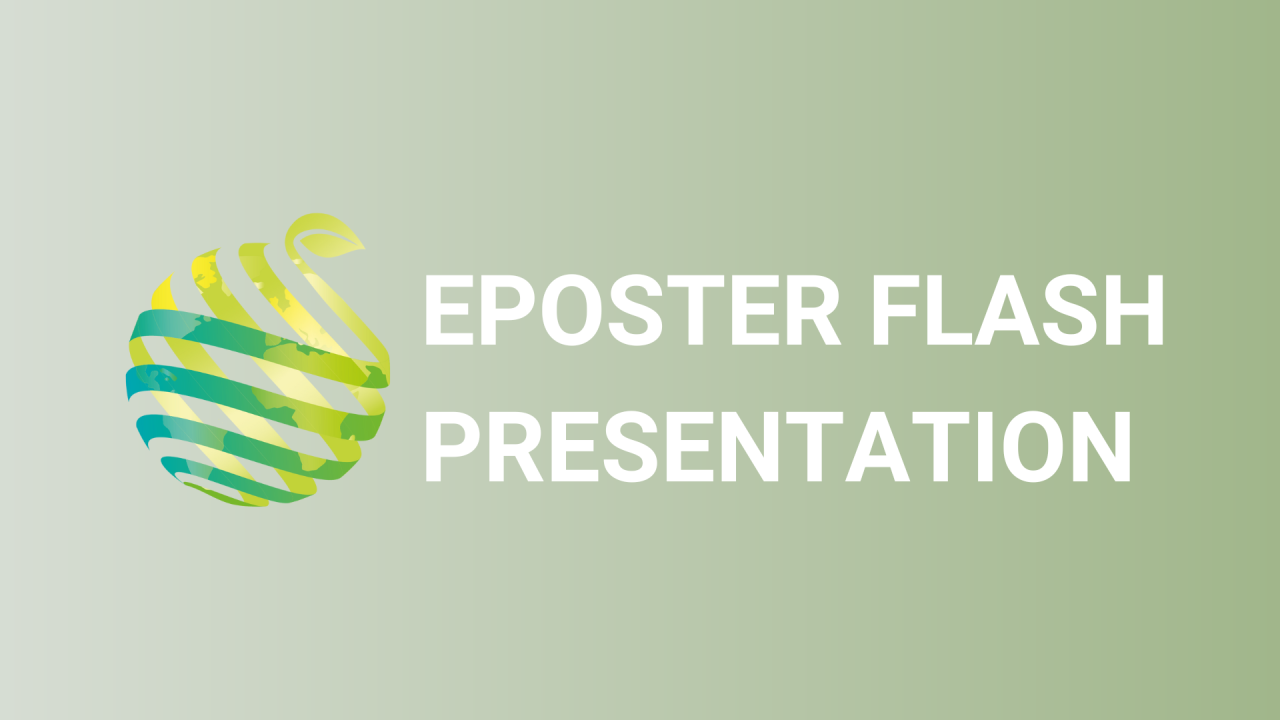

S05 - Session P1 - Effects of new bud number on the new bud growth and the storage carbohydrates use in Oncidesa Gower Ramsey `Honey Angel´
Information
Authors: Hsi Lin *, Yao-Chien Alex Chang
Oncidesa is an important cut flower crop, which has pseudobulb, an enlarged storage organ, and an inflorescence on each shoot. The back shoots which have flowered before keep storing carbohydrates and support the growth of new buds. The new buds consume carbohydrates stored in the back shoots; if multiple buds grow simultaneously, carbohydrate storage may not be enough for the new growth. In this study, we used Oncidesa Gower Ramsey 'Honey Angel' plants with one or two new buds as materials to investigate the effects of sink size. In the plants with two buds, lower volume and dry weight of the current pseudobulb were found after the pseudobulb enlarged, and the volume of back pseudobulb decreased faster as the new shoots grew. Glucose and fructose were also lower in the current pseudobulb in the plants with two buds. Plants with two buds consumed more starch from the back shoots. The starch decreased only in the back shoot connected to the new bud in plants with one bud. In the plants with two buds, the starch decreased in all back shoots, including the one not directly connected to the new buds. The main carbohydrate type was different in the current pseudobulb and back pseudobulb. In the current pseudobulb, the main carbohydrates were monosaccharides, which accounted for 25% of dry weight in total. Whereas, starch was the main carbohydrate in the back pseudobulb, which accounted for 60% to 70% of dry weight. Our results showed that the carbohydrates synthesized by new buds were insufficient for their own growth, and the support from back shoots was essential. When multiple buds developed simultaneously, it would suppress carbohydrate accumulation and the growth of current pseudobulb, and a decrease of inflorescence quality would be expected.